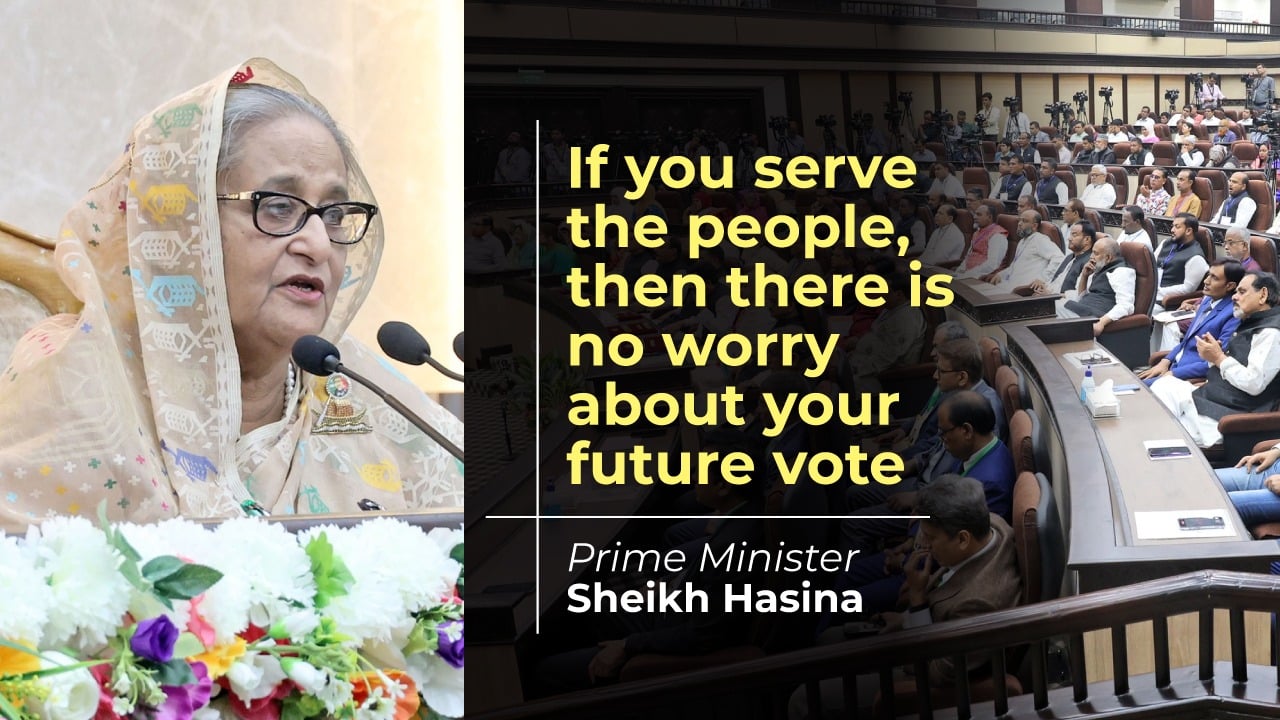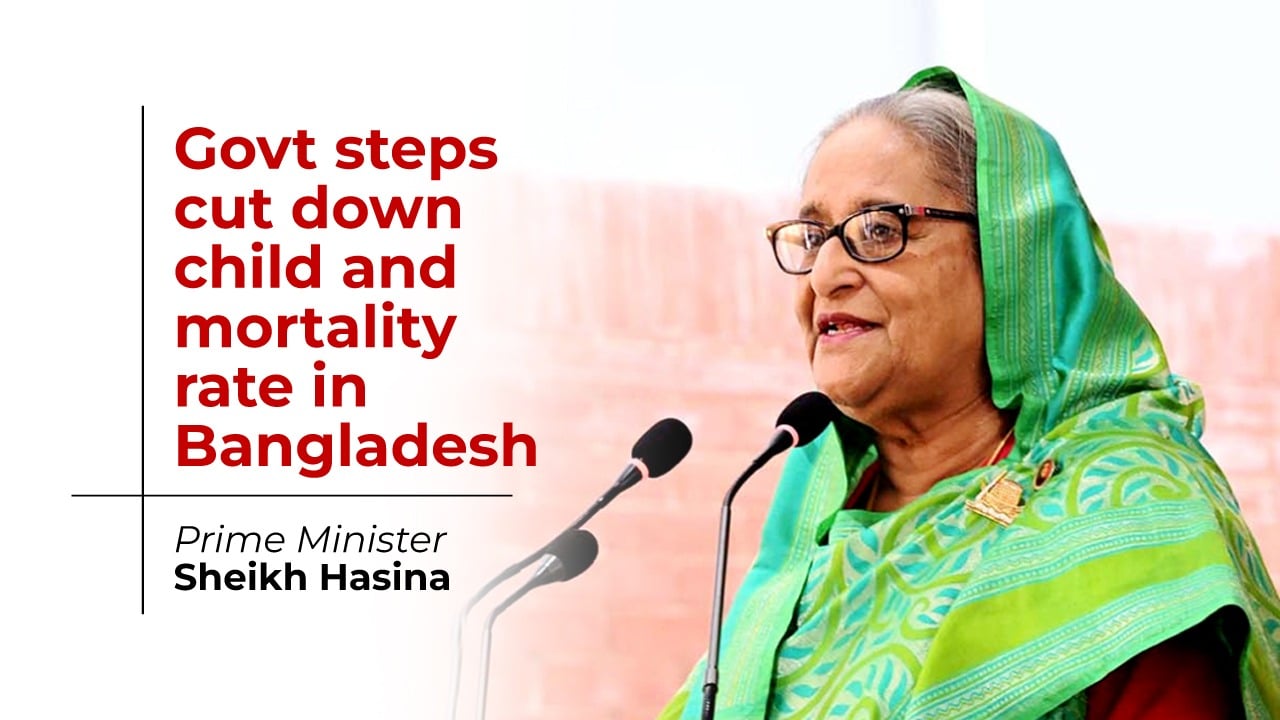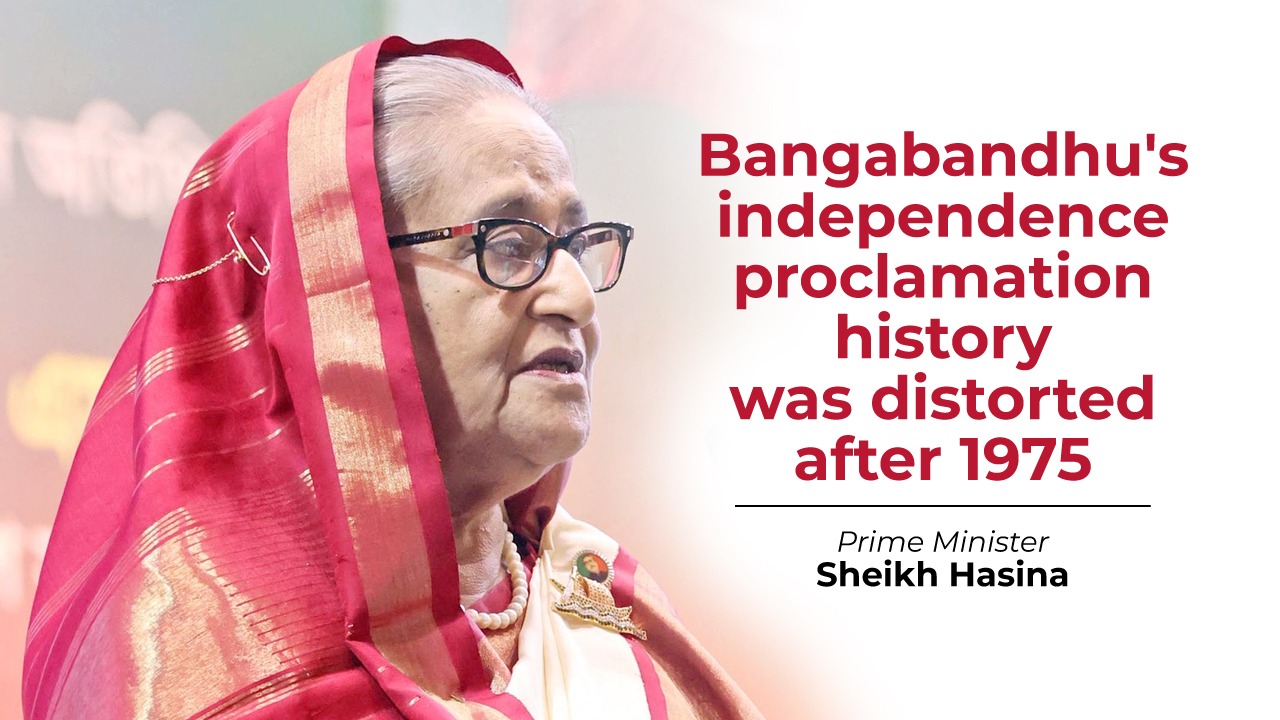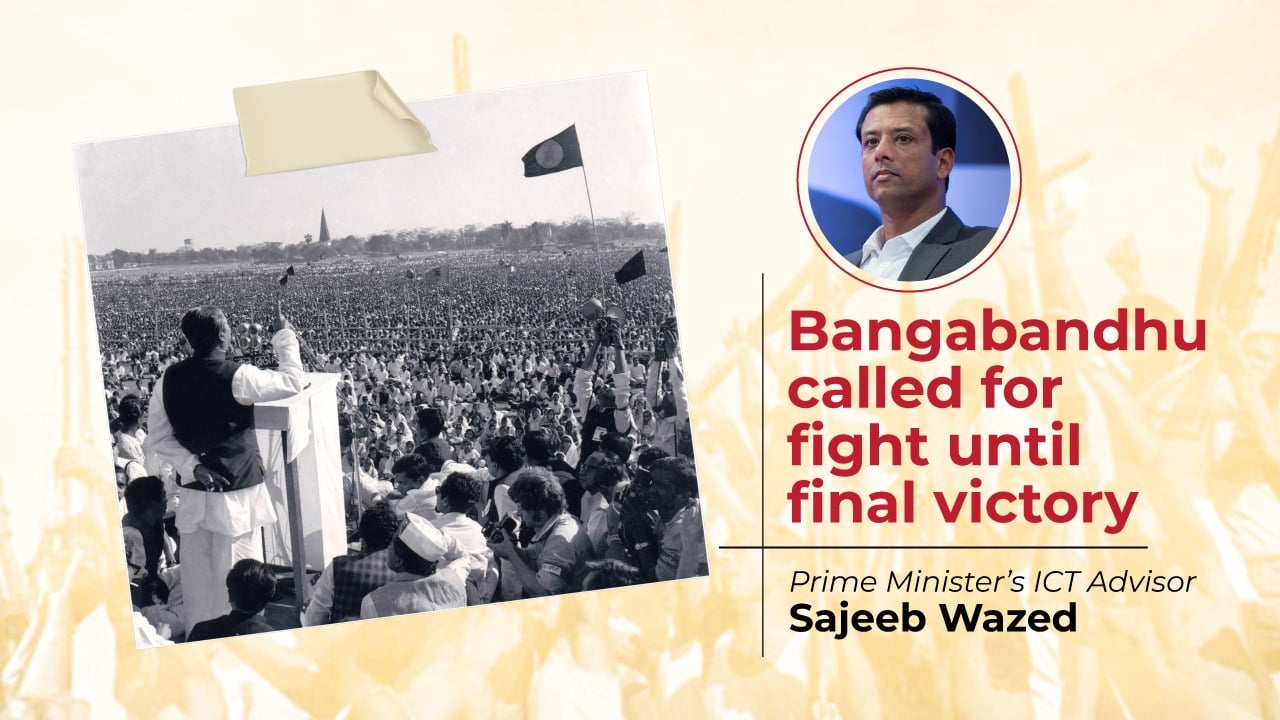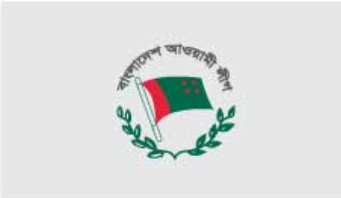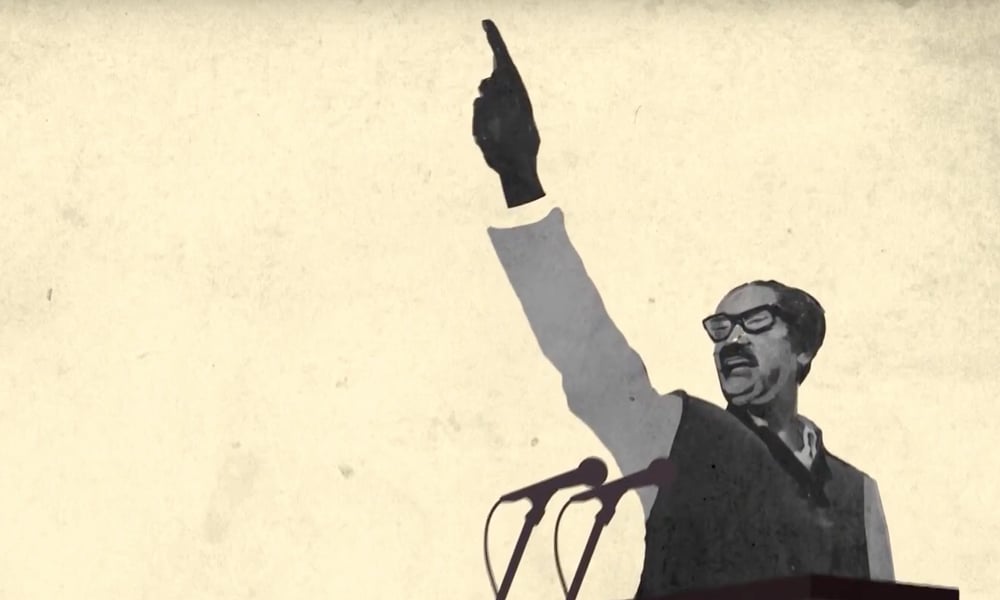1247
Published on May 18, 2023M Nazrul Islam:
May 17 is a red letter day in Bangladesh’s political history. On this day in 1981, at a time when the nation was gripped by a leadership crisis and democratic values and rights were being trampled upon, the people witnessed the return of a fearless lady upon whom they could rely. Her return to her motherland from exile marked a new beginning for the whole nation, leading the people to dream again of building a better Bangladesh.
The country had lost its way within three and half years of independence after the assassination of the Father of the Nation Bangabandhu Sheikh Mujibur Rahman along with most of his family members on August 15, 1975. Only Bangabandhu’s two daughters, Sheikh Hasina and Sheikh Rehana, survived the massacre luckily as they were abroad at that time.
The sudden incident shocked and stunned the whole nation. The people were overwhelmed with grief by the gravity of the loss and the enormity of its consequence. The regimes that followed Bangabandhu’s murder had snatched away all democratic rights of the people including the right to freedom of expression and peaceful assembly. Military despots were not allowing Bangabandhu’s daughters to return home, forcing them to live in exile.
Amidst such a suffocating situation when the people had their backs up against the wall, Sheikh Hasina returned to her countrymen defying all odds and at the grave risk of her life. She returned as a saviour of her countrymen after nearly six years in exile following Bangabandhu’s assassination. Her homecoming gave a jolt to the military rulers, but for ordinary men, she was (still is) a breath of fresh air.
As a daughter of Father of the Nation Bangabandhu Sheikh Mujibur Rahman, politics was in her blood. She has been active in politics since her student life and was elected vice president of the Students Union of Government Intermediate Girls College as a candidate of Bangladesh Chhatra League. She also served both as president and general secretary of the college unit of Chhatra League. Then again she was a member of the Dhaka University unit of the Chhatra League and secretary of its Rokeya Hall unit.
Thus she had the experience of actively participating in all mass movements of the country since her student life. Capitalizing on this experience and holding dear the ideals of her father, she started a new journey on this day in 1981. She returned to the country as the president of Bangladesh Awami League with the mission of salvaging democracy which was being trampled under military boots at that time.
On that day she had returned alone. But it didn’t take long for her to overcome the feeling of loneliness because huge crowds of people had turned up on Airport Road and Manik Mia Avenue to welcome her. It was evident that the people were eagerly waiting for her arrival because they knew that only she could mobilize the people to break free from the misrule of military dictatorship.
However, under military rule, it is never easy to lead a movement to fight for people’s rights and restore democracy. One simple statistic can make it clear how difficult and dangerous it was for Sheikh Hasina to lead the movements for democratic rights. At least 19 attempts have been made to assassinate her, some of which she survived narrowly by the grace of Almighty Allah.
Besides, she was subjected to intimidation and harassment time and again. For example, on February 15, 1983, the then-military government kept her under house arrest for 15 days. Then she was put under house arrest twice in February and November of 1984. She was arrested on March 2, 1985, and kept under house arrest for about three months. She was under house arrest for 15 days from October 15, 1986. She was arrested on November 11, 1987, and kept under house arrest for a month. On February 27, 1989, she was put under house arrest again. She was interned in Bangabandhu Bhavan on 27 November 1990. On July 16, 2007, the then-caretaker government arrested her and sent her to the sub-jail in Sangsad Bhavan premises.
Her political rivals always envied her popularity and tried to eradicate her at any cost. She first came under attack on November 10 in 1987 when she joined an agitation against the military rule of General HM Ershad near the Secretariat building. Bullets were shot at her car.
Then on January 24 in 1988 Police fired at a political rally of Sheikh Hasina at Laldighi Maidan in Chattogram to kill Hasina. Although Sheikh Hasina narrowly escaped the attack, 30 AL leaders and activists were killed. Shots were fired twice when she was speaking at the rally, and then when she was returning after the rally, her car again came under a volley of fire.
On September 11 in 1991, Sheikh Hasina came under attack by BNP activists when she was visiting a polling centre at Green Road in the capital. Shots were fired as soon as she got out of the vehicle, but she escaped unhurt. Another attempt was made to kill Sheikh Hasina during her train-march programme in Ishwardi on September 23 in 1994.
Harkat-ul-Jihad-al Islami Bangladesh (HuJI-B) had planted a 76 kg bomb in her rally spot at Sheikh Lutfor Rahman College field at Gopalganj’s Kotaliparha on July 20, 2000. Sheikh Hasina was due to address a rally two days later. Fortunately, the bomb was recovered and she was saved again.
Then she survived the deadliest attempt on her life on August 21 in 2004. The gruesome attack was launched as soon as she finished her speech at a rally on Bangabandhu Avenue. At least 13 Arges grenades were thrown at the rally. Although Hasina narrowly escaped death, 24 leaders and activists, including the wife of late President Zillur Rahman and Mahila Awami League chief Ivy Rahman, were killed on that day.
But the frequent arrests or threats to life never made her feel demotivated to achieve her desired goal. Eventually, democracy was restored in the country. The killers of Bangabandhu as well as those who committed crimes against humanity in 1971 were tried. Land and maritime border disputes with India and Myanmar have been resolved.
The country has achieved tremendous socioeconomic progress and graduated from a Least Developed Country to a developing country. Internationally, Bangladesh is now a force to be reckoned with and is considered a role model for development. Credits for all these outstanding and excellent achievements go to Sheikh Hasina, the longest-serving prime minister of Bangladesh.
In a word, Sheikh Hasina is the architect of modern Bangladesh. If the country wants to sustain its progress, there is no alternative to her astute leadership. So, on this momentous occasion, let’s express our gratitude to the premier. Her arrival on this day in 1981 gave the country and the people a new lease of life. Let’s pray for her long life, safety and good health. And, let’s keep our trust in her.
Writer: President of the All European Awami League
Courtesy: Daily Sun

